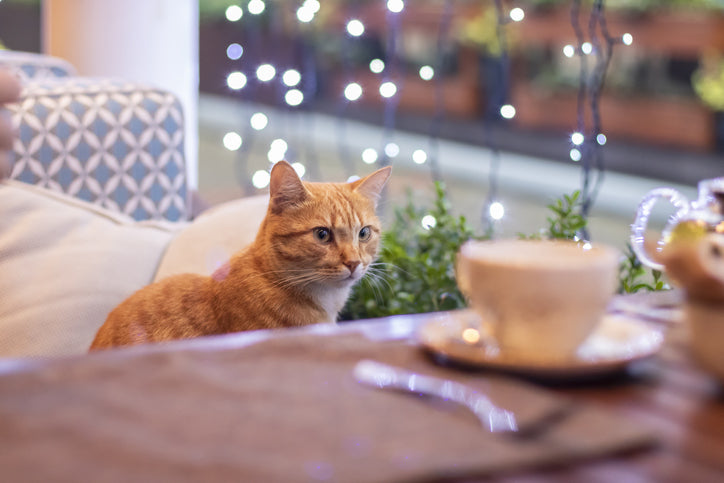The Rise of Cat Cafés: Exploring the Trend and Its Impact on Adoption Rates
Cat cafés have become a global phenomenon, offering a unique blend of coffee culture and feline companionship. These establishments have not only captured the hearts of cat lovers but have also made a significant impact on adoption rates for shelter cats.
Origins and Spread
The concept of
cat cafés originated in Taiwan in 1998 with the opening of Cat Flower Garden. However, it was Japan that truly popularized the trend, with the first Japanese cat café opening in Osaka in 2004. The idea quickly spread throughout Asia and eventually made its way to the United States, with the first American cat café opening in Oakland, California in 2014.
The Cat Café Experience
Cat cafés typically offer a cozy, home-like atmosphere where patrons can enjoy beverages and snacks while interacting with resident cats. Many charge by the hour, allowing visitors to spend quality time with feline companions without the long-term commitment of pet ownership. This model has proven particularly popular in densely populated urban areas where many residents may not have the space or resources to keep pets.
Impact on Adoption Rates
One of the most significant developments in the cat café trend has been its positive impact on adoption rates. While the original Asian model often featured permanent feline residents, many cat cafés in North America have partnered with local shelters to showcase adoptable cats. This approach has proven highly effective in finding homes for shelter cats. Cat cafés provide a relaxed, stress-free environment for potential adopters to interact with cats, which can lead to more successful adoptions<4>. Visitors can spend extended periods observing and bonding with cats, allowing for better-informed adoption decisions. This model addresses some of the limitations of traditional shelter environments, where cats may be stressed or unable to showcase their true personalities.
Growth and Trends
The popularity of cat cafés has surged in recent years. In 2023 alone, over fifty new cat cafés opened in the United States, bringing the total to more than 230 as of June 2024. This growth has not been limited to major cities; many small towns have also embraced the concept, with some cafés opening in communities of less than 10,000 residents.
Challenges and Considerations
While cat cafés have generally been well-received, they are not without controversy. Some animal welfare organizations have raised concerns about the stress levels of cats in these environments and the potential for disease spread if proper health protocols are not followed. Ethical cat cafés source their cats from shelters or rescues, ensure all cats are vaccinated and neutered, and provide adequate space for cats to retreat when overwhelmed.
Conclusion
The rise of cat cafés represents a significant shift in how people interact with and adopt cats. By combining the comfort of a café setting with the joy of feline companionship, these establishments have created a new model for pet adoption that benefits both humans and cats. As the trend continues to grow, it has the potential to make a lasting impact on reducing the number of cats in shelters and fostering a greater appreciation for feline companions.

